What does a B-2 bomber, a Tokyo train, and a wind turbine have in common? They’ve all been developed through the study of birds. Birds and biomimicry have been linked for decades, and are responsible for producing everything from day-to-day items to technological feats. What is biomimicry? And what do birds have to do with it? Get ready to be amazed.
What is Biomimicry?
Put simply, biomimicry is design based on the study of something found in nature. Our discussion focuses on birds, but biomimicry uses many other animals and natural items and processes as inspiration. For example, the study of shark skin and its low-drag force inspired the invention of modern swimsuit materials. Termite dens are studied for their ability to regulate internal temperature, and the findings are used to design energy-efficient buildings. And the next time you unfasten Velcro, thank those pesky burrs that attach themselves to you when you walk through brush—they’re the sticking power (literally) behind the invention.
How Birds Inspire Invention
Migrating birds and planes


Airplanes, of course, are one of the most obvious examples of biomimicry and birds. A bird’s shape, the way it uses its wings to produce lift, how it glides through the air—all of these details were meticulously studied and reproduced in the modern airplane. Scientists and researchers have also studied the “V” formation of flying geese, which helps them save energy by catching the updraft of the bird in front of them, and applied it to military squadron formations. The latest iteration of this idea? Passenger jets. Aircraft manufacturer Airbus UpNext’s flight demonstration project is testing out flying commercial jets in a formation akin to migrating birds, with the same energy savings as their goal.
Hummingbirds and drones
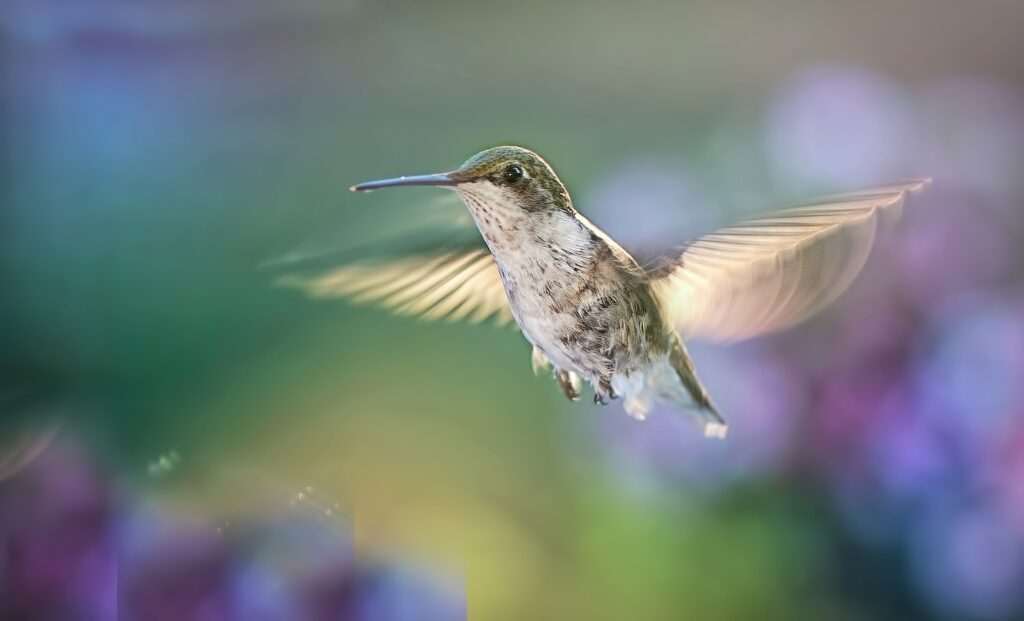
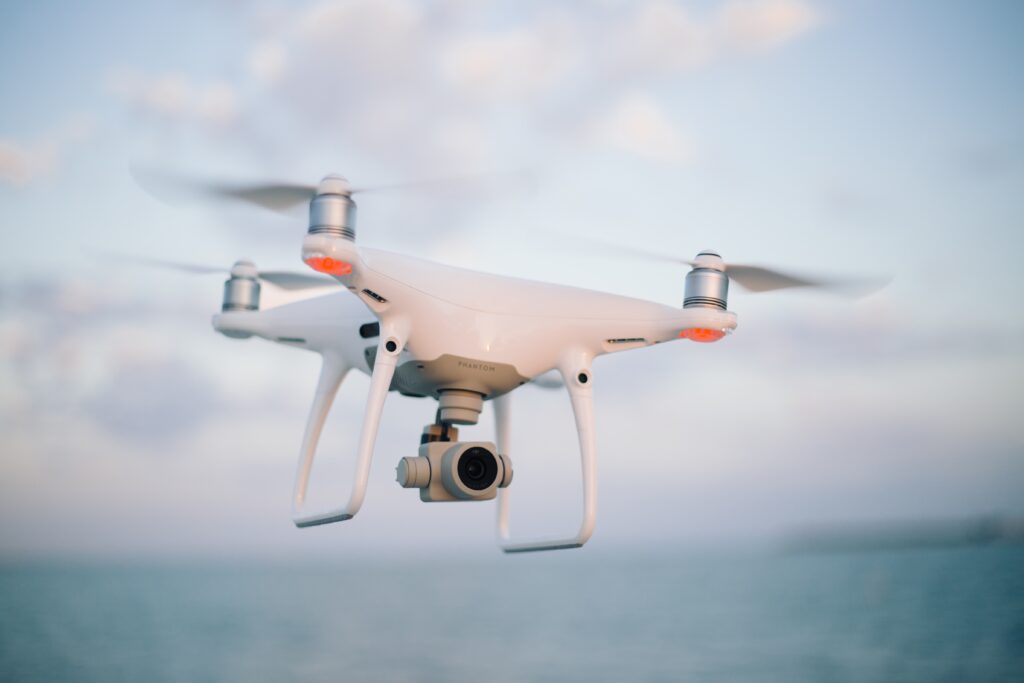
It’s not hard to see the similarity between a flitting hummingbird and a hovering drone. That’s because the hummingbird—with its ability to quickly dart in any direction and hover over a colorful flower to drink it’s nectar—is the muse for this relatively new technology. Scientists studied hummingbirds and their high wing-beat frequency—made possible by their long chest bone, strong wing muscles, and figure-eight wing beat patterns. They’ve used this unique combination to design drones with the same precise and quick maneuvering ability.
Kingfishers and bullet trains
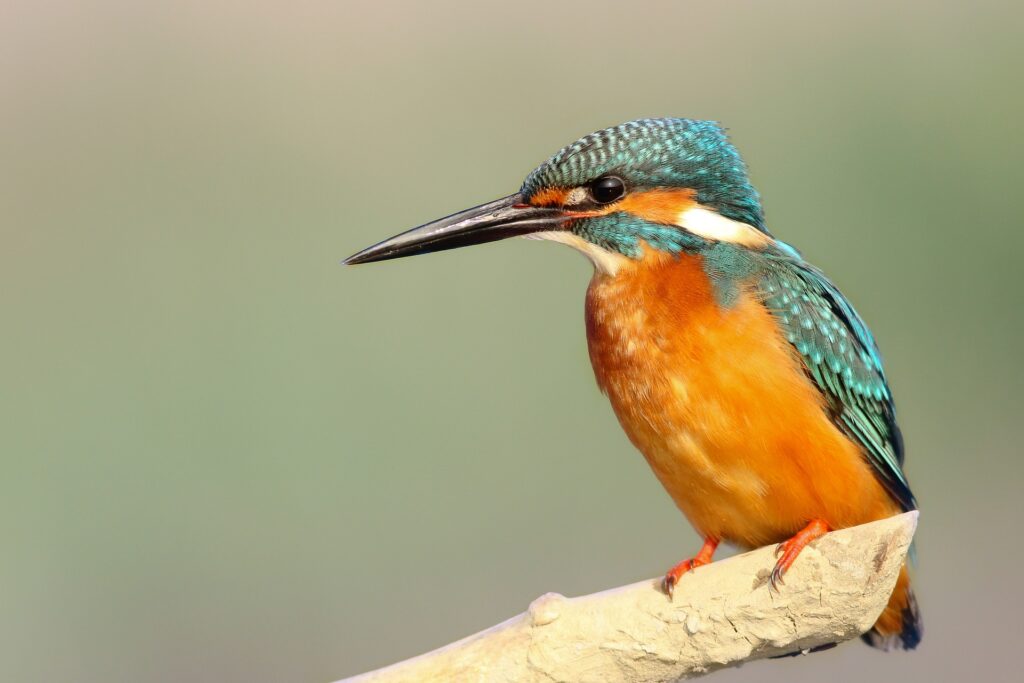

Ever seen a Kingfisher dive gracefully into water in search of food—and without making a splash? That’s due to the streamlined design of its long, pointed beak. These expert divers have not gone unnoticed—in fact, they’ve inspired the design of one of the fastest trains in the world. Engineers of Japan’s 500 series Shinkansen train designed its nose after the Kingfisher’s wedge-shaped beak. This allowed it to slice through the air at a faster rate—a top speed of 186 mph, to be exact. The nose design also reduced energy consumption due to less air resistance, and reduced sonic boom noise in tunnels, resulting in a faster, quieter, more cost-effective train requiring less gas and fuel.
Woodpeckers and shock absorbers
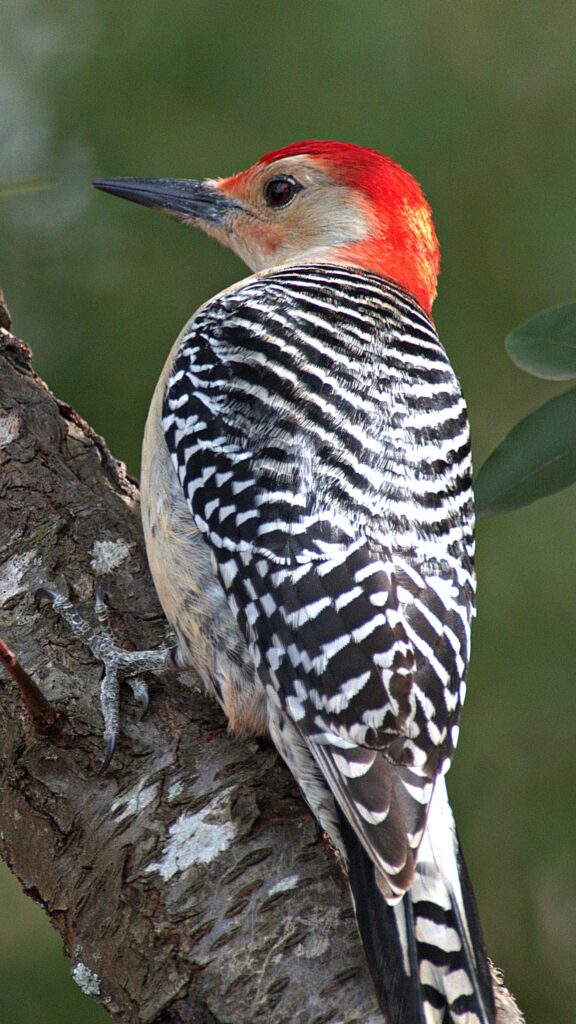

It’s a remarkable sight: woodpeckers hammering away at a tree (or your house) without breaking a sweat. In fact, they hammer at a rate of 100 times the g-force that would cause a concussion in a contact sport like football. How can they hammer with this high force of impact with no damage to their beak or head? The answer lies in a combination of spongy bones and a tough beak. Their hard but elastic beak and spongy skull bones create the perfect shock-absorbing effect that protects them from harm. The combination is so effective that researchers have patterned shock-absorbing technology after it. This tech is used everywhere from airplanes and cars to—you guessed it—football helmets.
Falcons and B-2 bombers
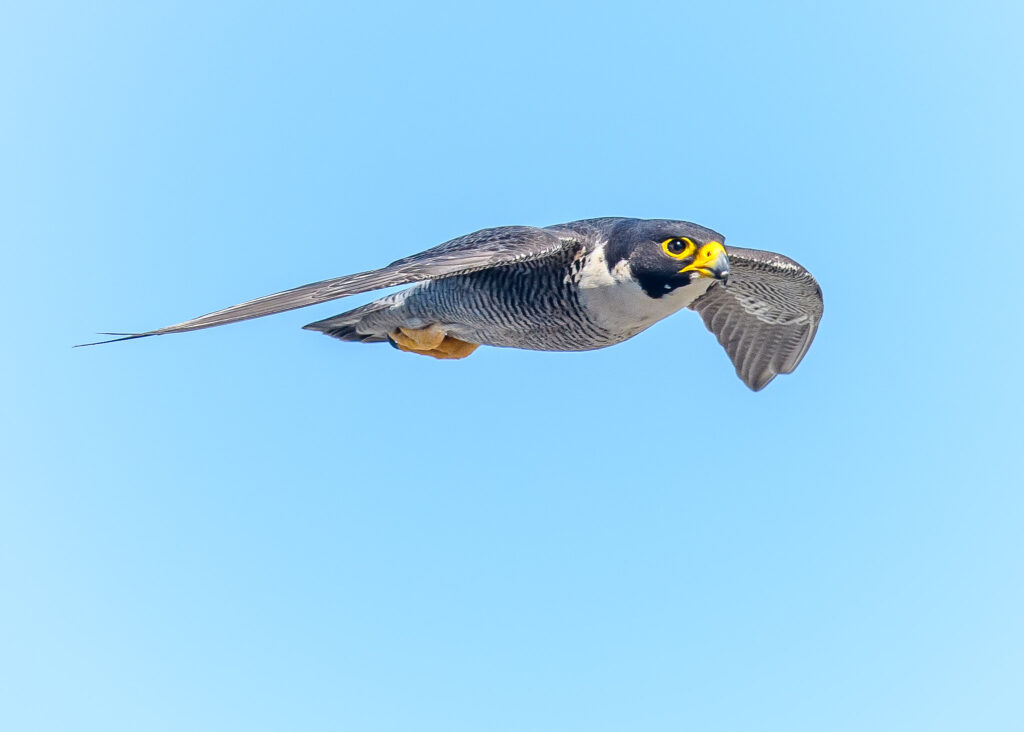
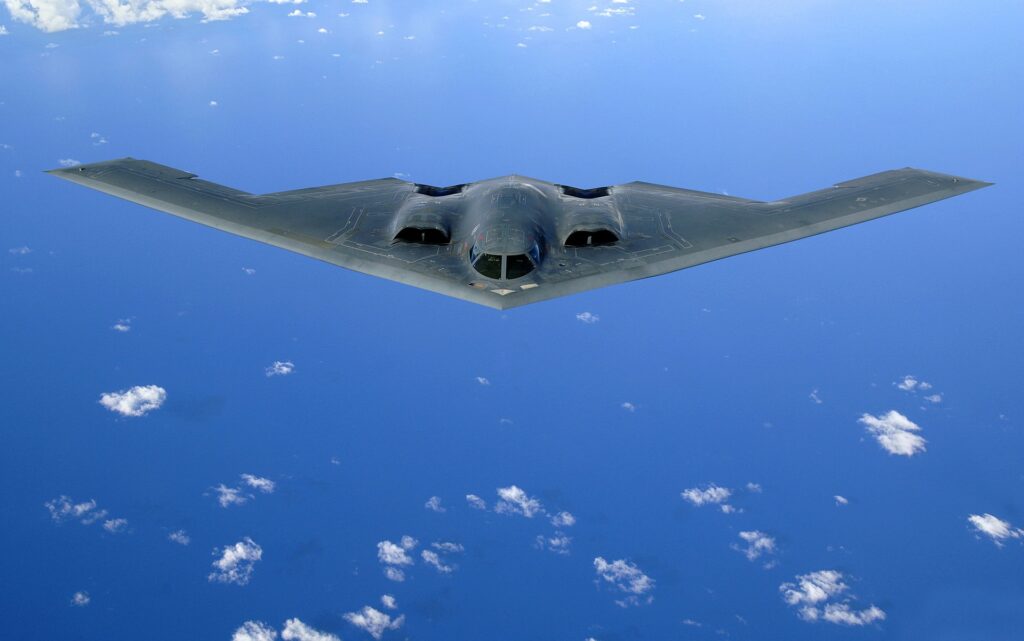
Their eyes lock onto their target, they fold in their wings, and they dive with a speed close to 200 mph. The hunting Peregrine Falcon is a force of nature. It can dive bomb prey with mind-boggling speed, then unfold its wings and reduce their speed at the last minute to catch their prey. This raptor’s hunting technique has been closely studied in the design of the B-2 bomber. Both the falcon’s and the bomber’s sleek shape and aerodynamic body allows it to reach top speeds quickly and quietly, making the bomber harder to detect by radar.
So Many Ways to Learn About Birds at Chirp
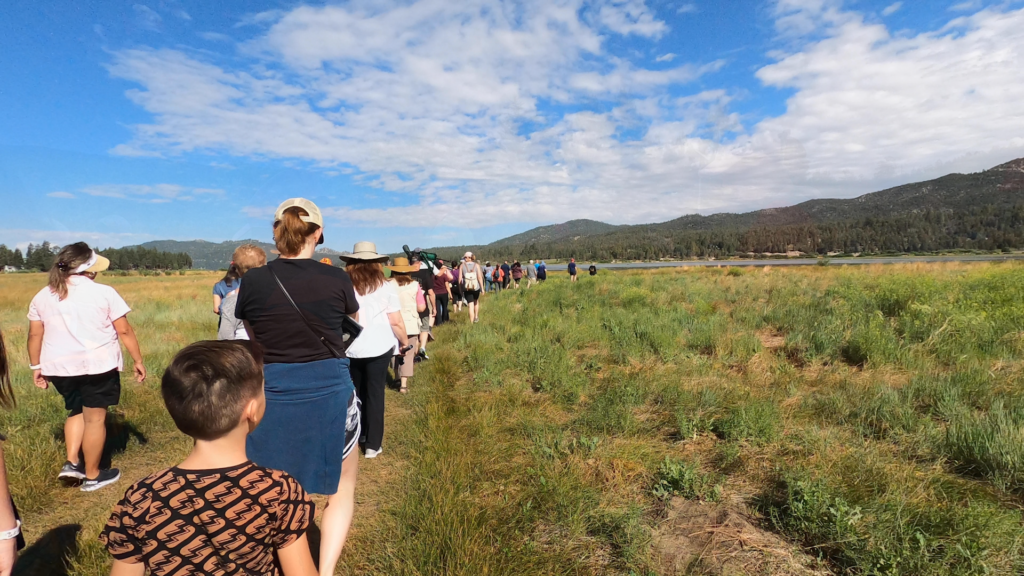
Fascinated by our feathered friends? We are too! That’s why the Chirp Nature Center offers so many ways to learn about birds. You can:
Join Us
Chirp hosts a free, family-friendly bird walk and bird talk every month. Keep an eye on our Activities calendar to catch the next one.
Watch Us
Did you know that Chirp has a YouTube channel chockfull of recorded bird walks and talks, special guest lectures, fun kid’s crafts, and birding how-to’s?
Shop with Us
Online or in the Chirp store at Big Bear Lake, you can find a slew of wild bird feeding products, guides, books, gifts, and more.


